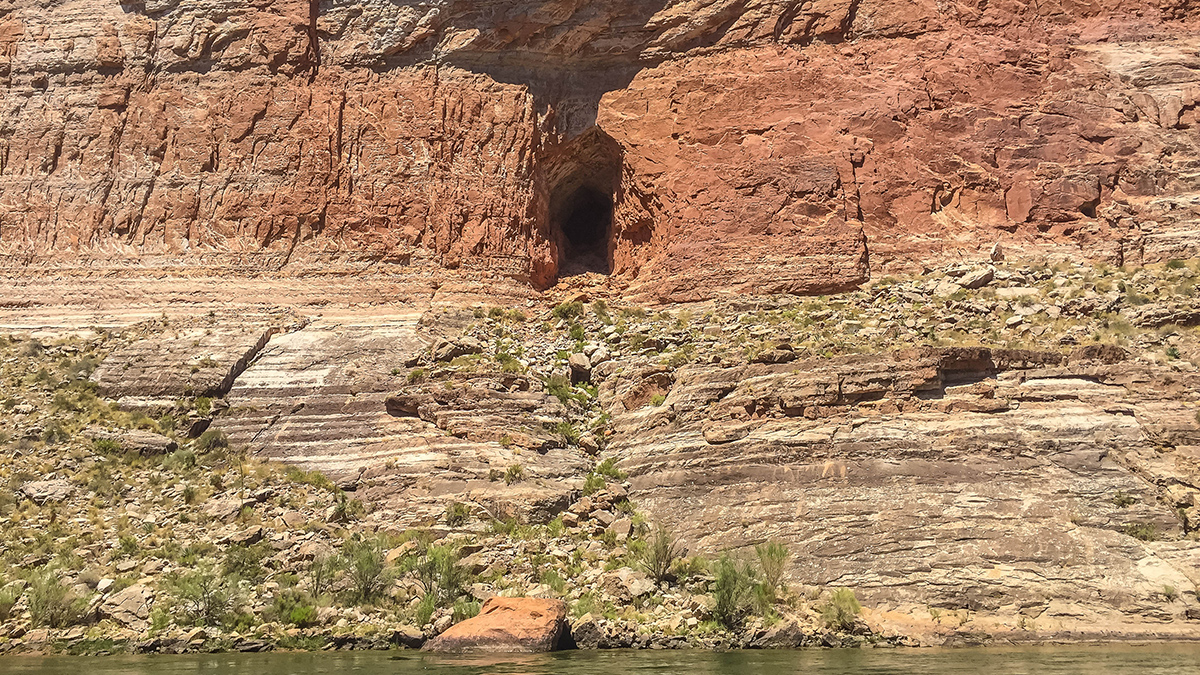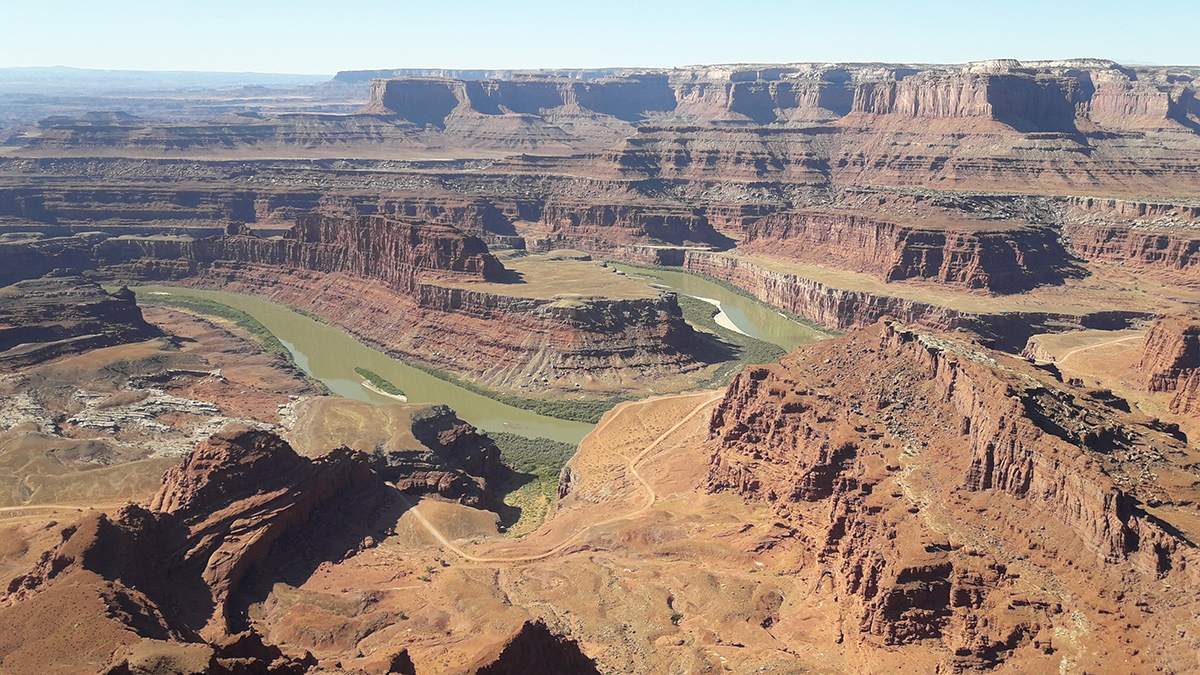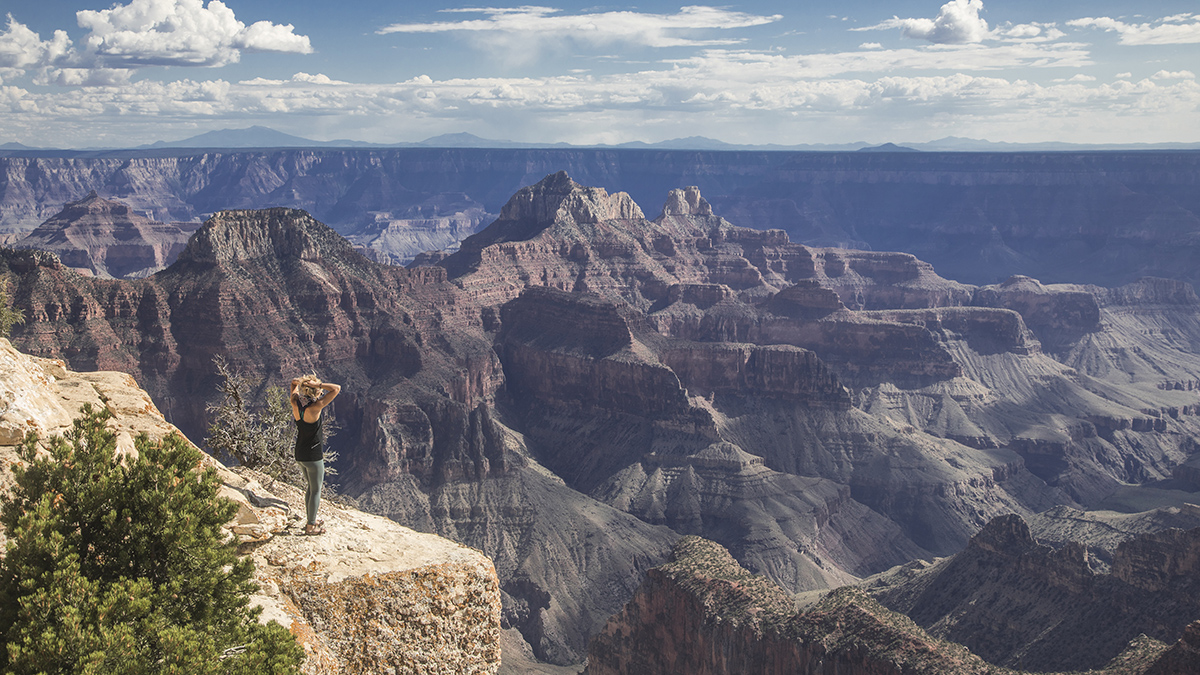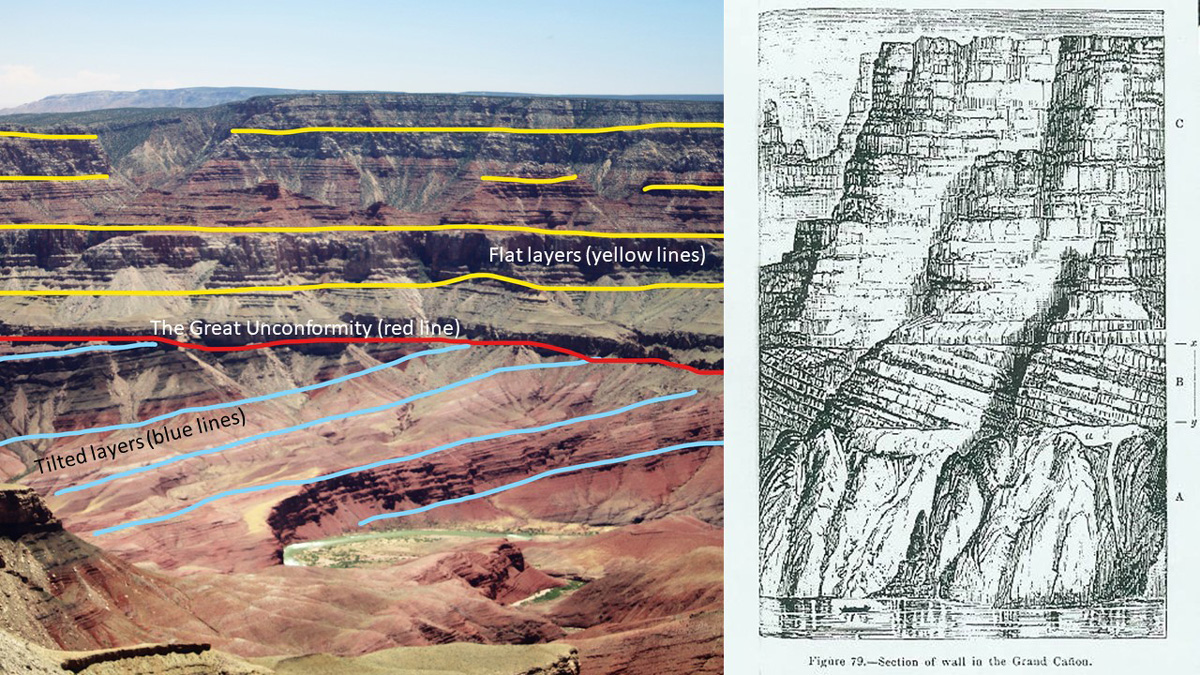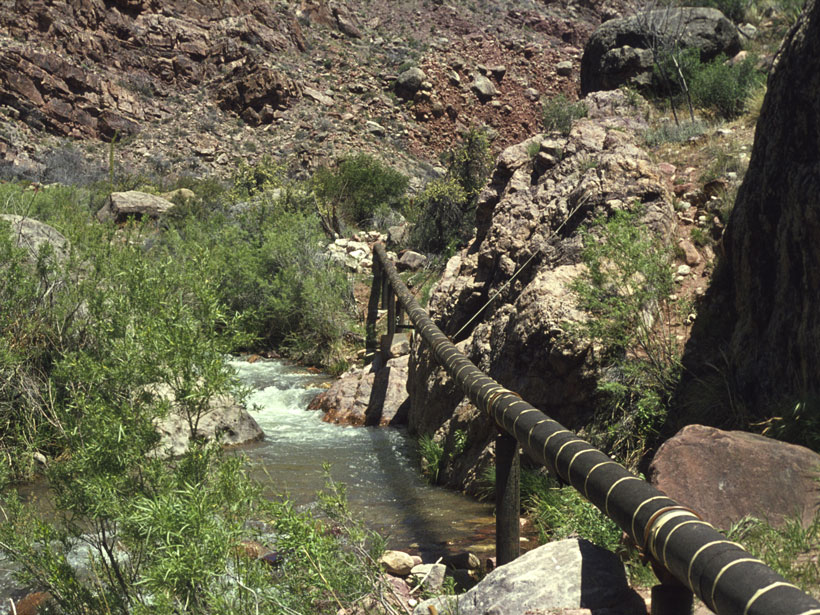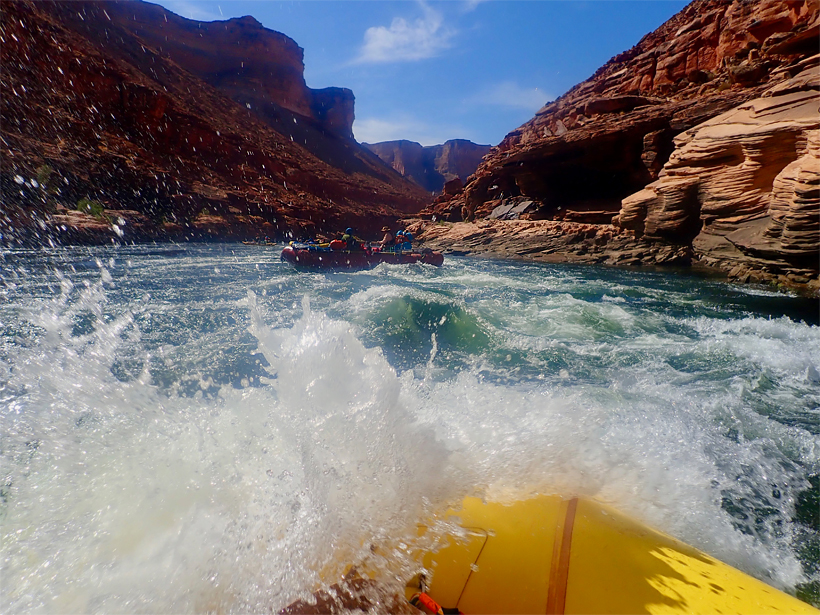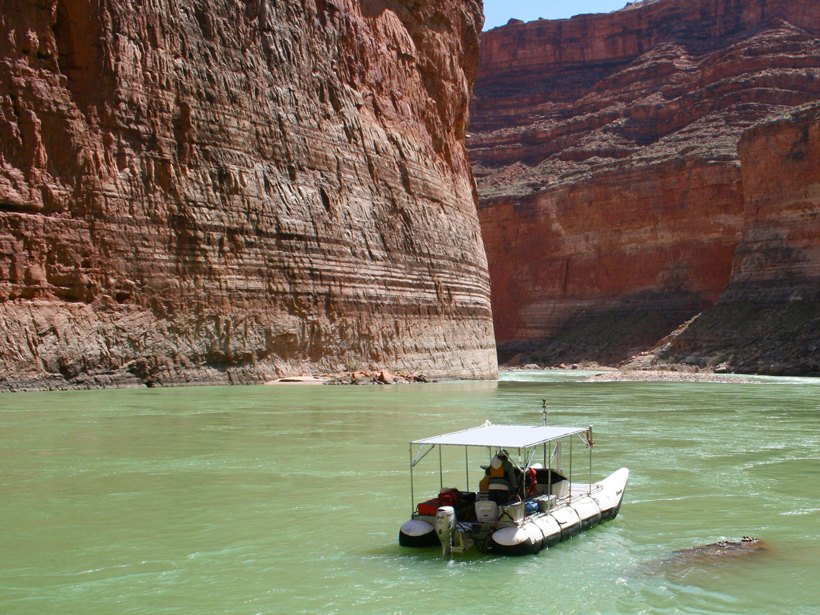There’s remarkable synchronicity between the timing of a paleolake in what is today Grand Canyon National Park and the formation of nearby Barringer Meteorite Crater.
Grand Canyon
How Rivers Carved the Canyons of the Central Colorado Plateau
A new study offers insights into a puzzling piece of the geological history of the Grand Canyon and surrounding regions.
Ignored Paths of Uranium Exposure Illuminated by Havasupai Tribe
An agency-tribal partnership is identifying exposure risks previously not considered in mining risk assessments.
Grand Canyon Heat May Become More Dangerous
Climate change may double the risk of heat-related illness at Grand Canyon National Park by the end of the century.
The Great Unconformity or Great Unconformities?
Some scientists think the Great Unconformity was caused by Snowball Earth’s glaciations. Recent work suggests these phenomena might not be related.
Rastreando Los Misteriosos Manantiales Del Gran Cañón
Mejorar los modelos ayudará a proteger una fuente crucial de agua potable para ambos bordes del Parque Nacional del Gran Cañón.
Tracking the Grand Canyon’s Mysterious Springs
Improved modeling will help protect a crucial drinking water source for both rims of Grand Canyon National Park.
Will Earth’s Grandest Canyon Keep Getting Grander?
Living in Geologic Time: Rafting through the past, present, and future of the Colorado River and the Grand Canyon.
Using Sound Waves to Study Grand Canyon Sediment
New technology could help scientists understand how experimental floods from Glen Canyon Dam restore sandbars downstream.
Building Sandbars in the Grand Canyon
Annual controlled floods from one of America's largest dams are rebuilding the sandbars of the iconic Colorado River.

